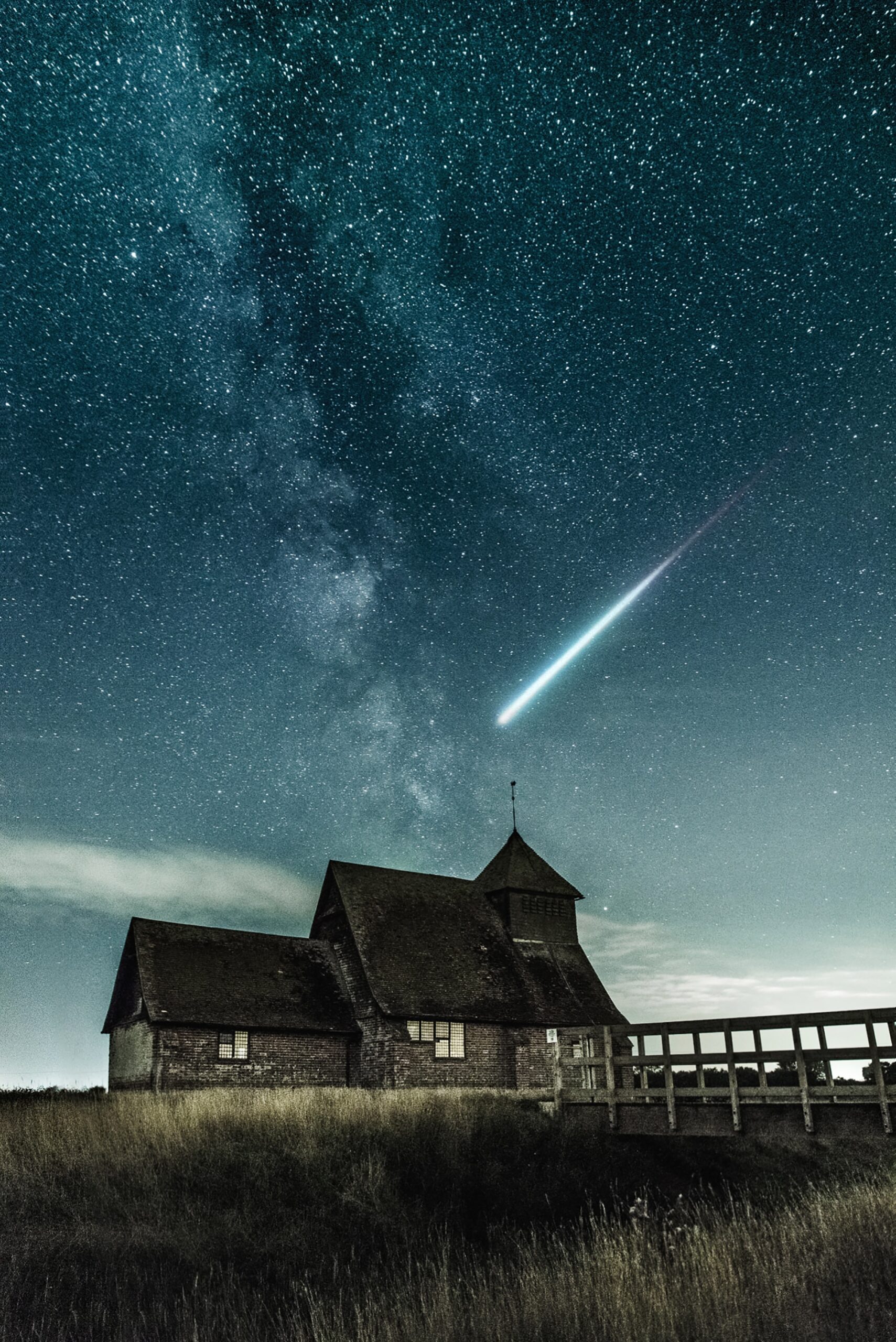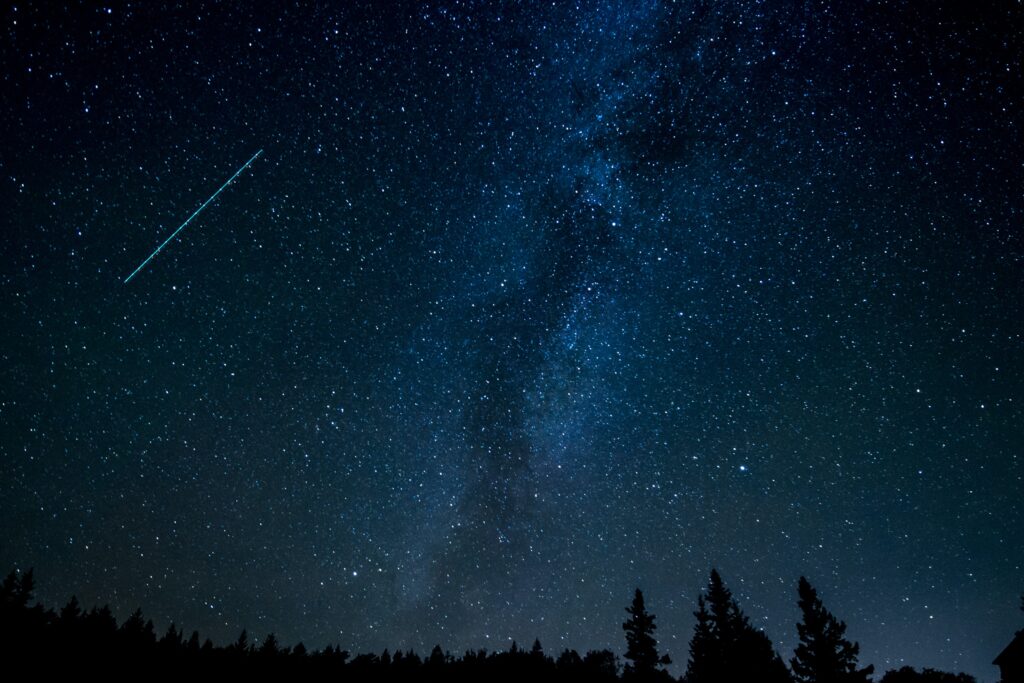The Science Behind Meteor Showers
Meteor showers, those breathtaking displays of shooting stars streaking across the night sky, have captivated people’s imaginations for centuries. But what exactly causes these mesmerizing celestial events? The answer lies in the science of meteoroids and their interactions with Earth’s atmosphere.
Meteoroids are small rocky or metallic objects that orbit the sun. When a meteoroid enters Earth’s atmosphere, it becomes a meteor, colloquially known as a shooting star. The friction between the meteoroid and the atmosphere heats up the air around it, causing the meteor to glow and disintegrate, resulting in the luminous streak we see from the ground.
A Celestial Spectacle: Witnessing a Meteor Shower
Experiencing a meteor shower is a remarkable event that offers a celestial spectacle like no other. On a clear night, away from light pollution, viewers can witness countless meteors radiating from a central point in the sky, known as the radiant. The best time to observe a meteor shower is during its peak, when the Earth passes through the densest part of the meteoroid stream.
To maximize your chances of spotting meteors, find a location with an unobstructed view of the sky and allow your eyes to adjust to the darkness. Patience is key, as it can take time for your eyes to adapt and for meteors to make their appearance. Remember to dress warmly and bring a comfortable chair or blanket for a more enjoyable experience.
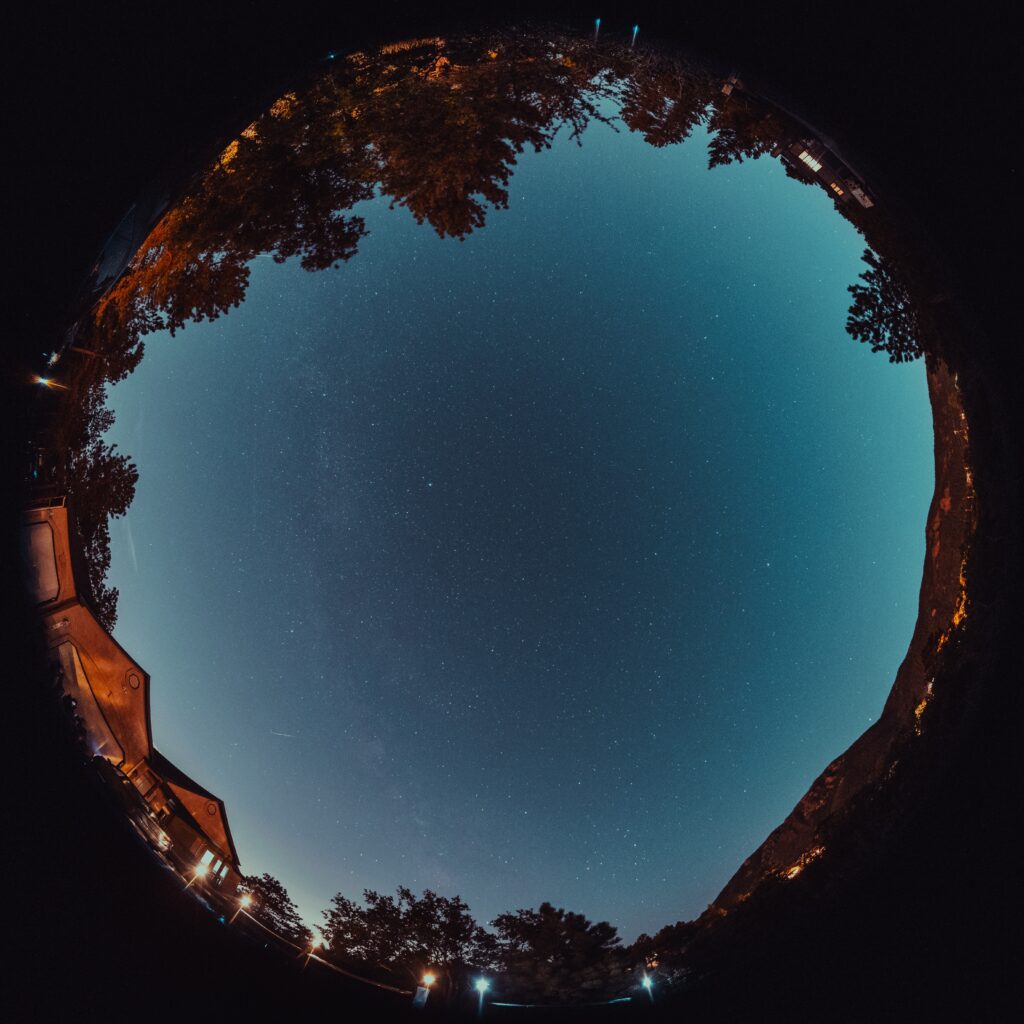
Meteor Showers: A Brief History
The fascination with meteor showers traces back centuries. Ancient cultures often associated these celestial events with divine intervention or significant omens. One of the earliest recorded meteor showers is the Perseids, named after the constellation Perseus. Chinese astronomers observed this annual event as early as 36 AD.
In modern times, the study of meteor showers accelerated with technological advancements. Astronomers began tracking the paths of meteoroids, identifying the parent comets or asteroids responsible for spawning these showers. This knowledge allowed scientists to predict future meteor showers and further explore their origin and composition.
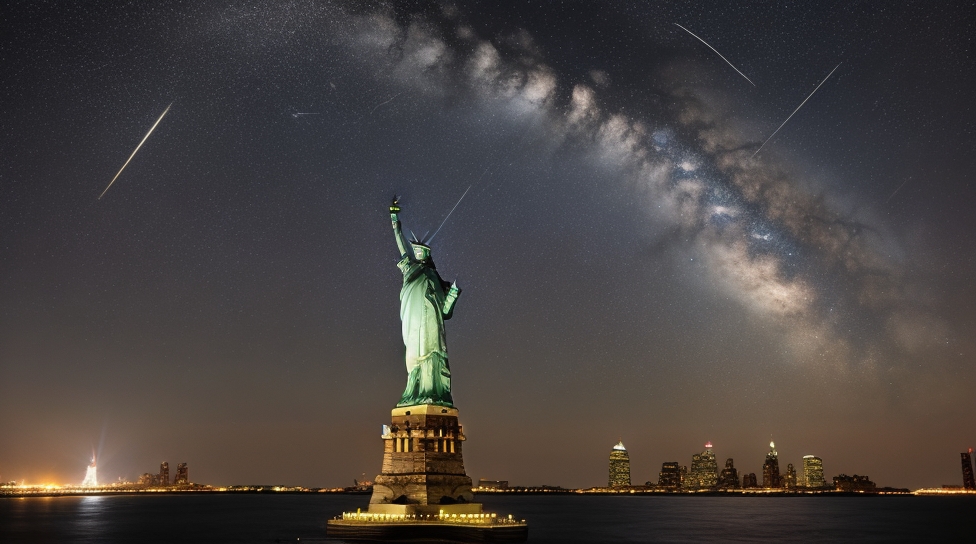
The Impact of Meteor Showers on Earth
While meteor showers provide us with stunning visual displays, they also have a profound impact on Earth. Most meteoroids are relatively small and burn up completely in the atmosphere, causing no harm. However, larger and more significant objects, known as meteorites, can survive the journey through the atmosphere and reach the Earth’s surface.
Meteorites hold valuable scientific information about the formation and evolution of our solar system. They can contain rare elements, minerals, and even organic compounds that aid scientists in understanding the history of celestial bodies. Additionally, the impacts of larger meteorites on Earth have shaped the planet’s geology and influenced biological evolution.
Unlocking the Mysteries: Meteor Shower Formation
The formation of meteor showers is closely linked to the comets and asteroids that orbit the sun. When a comet passes near the sun, its icy nucleus vaporizes, releasing dust and rock particles into space. These particles spread along the comet’s orbital path, forming a temporary swarm known as a meteoroid stream. When Earth intersects one of these streams, we witness a meteor shower.
Asteroids also play a role in meteor shower formation. As an asteroid orbits the sun, it can shed debris, creating its own meteoroid stream. When Earth orbits through this stream, a meteor shower occurs, often with distinctive characteristics and radiant locations unique to that particular shower.
Photographing Meteor Showers: Tips and Techniques
Capturing the beauty of a meteor shower through photography can be a rewarding experience. Here are some tips and techniques to help you capture stunning images of these celestial events:
- Use a sturdy tripod to avoid camera shake during long exposures.
- Use a wide-angle lens to capture a large portion of the sky.
- Set your camera to manual mode and choose a wide aperture (around f/2.8 or lower) to gather as much light as possible.
- Experiment with different exposure times, typically between 10 to 30 seconds, to capture the motion of meteors.
- Consider using a remote shutter release or timer to minimize camera movement.
Remember to be patient and take multiple shots to increase your chances of capturing a meteor in your frame. Don’t be discouraged if you don’t capture many meteors in a single image; meteor showers are often best experienced by simply enjoying the moment.
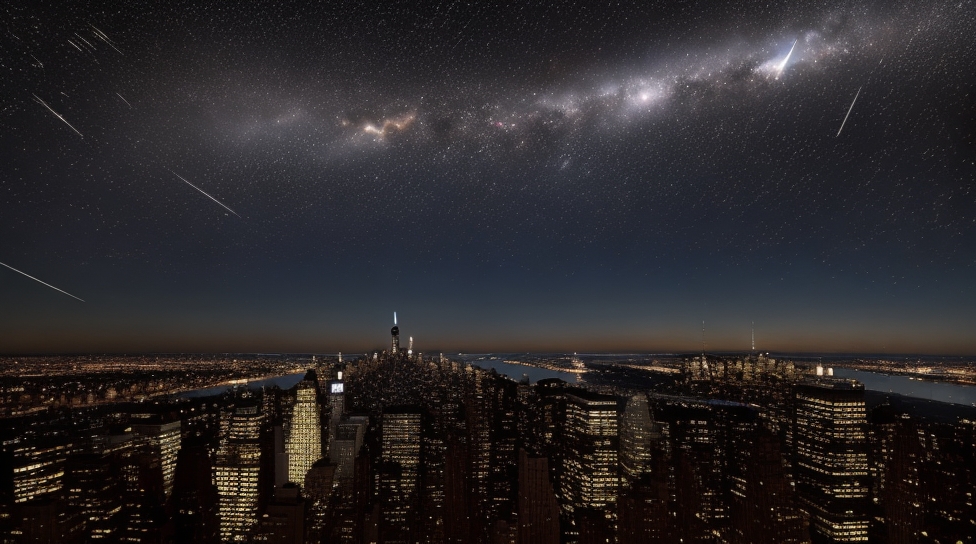
Unforgettable Experiences: Famous Meteor Showers
Throughout history, several meteor showers have gained fame for their spectacular displays. Here are a few notable meteor showers that have captured the imagination of skywatchers worldwide:
- Perseids: Known for their consistently high activity, the Perseids peak in mid-August and are one of the most popular meteor showers of the year.
- Geminids: The Geminids, observed in December, are known for their high meteor rates and vibrant-colored meteors.
- Leonids: The Leonids, associated with the comet Tempel-Tuttle, can produce intense meteor storms, with thousands of meteors per hour.
These meteor showers offer enthusiasts and astronomers alike the opportunity to witness nature’s extraordinary light show.
Conclusion
Meteor showers serve as a reminder of the vastness and beauty of the universe. They ignite our curiosity, inspire awe, and connect us to the celestial wonders above. By understanding the science behind meteor showers, witnessing their splendor, and exploring their history, we deepen our appreciation for the breathtaking phenomena taking place millions of miles away.
So, the next time a meteor shower graces the night sky, take a moment to venture outside, look up, and let the magic unfold before your eyes.
